Creativity – PR Firms Should Be ‘Precise’ About What They Wish For
Roger Darashah
Creative Directors have become ubiquitous amongst even the most boutique of PR firms[1]. In part their appointments reflect an industry maturing from an informal array of former journalists, networkers, copywriters and sales managers, towards a defined discipline with assigned roles, responsibilities and metrics. But the creative director role has also signaled the PR industry’s commitment to extending its influence on the marketing mix and – ultimately – generating fresh sources of revenue.
This is why is crucial for PR firms (and potential creative director candidates) to be clear about exactly what role the latter is supposed to play within the firm. There are as many potential ‘creative’ PR roles as there are candidates[2]; so I thought that I’d list of a few variants I’ve come across. Matching the right role and candidate will depend on the characteristics of both – does the candidate have client-facing experience, is s/he more of a ‘doer’ (a time teller) or a ‘teacher’ (a genuine clock builder)[3], is the role about team development or business development?
- Creativity as a sales channel
Such a role would require the creative director to generate incremental revenue; primarily from the existing client base. The creative director’s talent, contacts and experience would enable the PR firm to extend their relevance and offering beyond traditional ‘earned’ media relations, towards disciplines such as social/digital marketing, experientials, content development and design, research and, even, public affairs.
The creative director would provide a bridge to these internal departments; his/her skill being to manage (or avoid) the politics and inter-departmental silos to position the PR firm as a potential partner.
- Creativity as change management
Here the key audience is internal; helping to transform a team of highly competent, but traditional, PR professionals into more rounded, multi-platform consultants. The role would cover both current teams and future recruits, and be about creating a new ‘operating system’ for the firm – who it recruits, how they are trained, how they are measured etc.
Internal audiences can be even more intimidating (and impenetrable) than clients, so the role would require someone with proven management skills, able to win the trust of a variety of staff and bring them, collectively, towards the shared goal. Intellectually, even with the backing of a supportive CEO, this is an extremely demanding role; one based not only on creativity, but the director’s capacity to develop the same qualities in others.
- Creativity to build credentials
Less senior that the previous roles, and more autonomous, this role is about initiating or cherry-picking campaigns which could put the PR firm in a new type of ‘shop window’; one frequented by CMOs and CEOs. In essence, we are talking about ‘Cannes fodder’[4]; the role of the creative director being to add quality and class to a particular campaign, so that it can, in turn, be used to profile the agency. This is fundamentally a purely creative role (as opposed to a management or representative one), and ideal for ambitious creative directors looking to build their portfolio.
- Creativity as a common thread
In such a role, the concept of ‘creativity’ is redefined and used to differentiate the agencies’ work from that of the competition. The definition could include the use of a particular methodology or tool to develop campaigns, which are then presented as distinct. In reality, this is a marketing/branding exercise; many of the proof points would be ‘reverse fitted’ after the fact. But if employed consistently, this ‘creative thread’ can represent a tangible differentiator when positioning the agency.
In this instance the creative director would work within the agency’s marketing (as opposed to client service) team.
- Creativity as ‘bait’
This role could include elements of the above profiles, but be complemented by clear metrics. These could range from the nature of rfps the agency is being shortlisted for, the type of recruits being hired, particular awards being won or, even, how the firm is being perceived in the marketplace. The concept of creativity can be a powerful currency for any PR firm if leveraged properly.
The above represent a few of the (real) Creative Director roles I’ve encountered. I’m not going to validate one over another; it depends on the nature of the PR firm and their development cycle. I would emphasise, however, the singular importance for both parties to be open about their expectations before committing. A garlanded creative director who has never met a client, isn’t going to do much as a sales channel, but s/he could do wonders for your brand in another role (Creativity to build credentials or as ‘bait’, for instance). A more discrete creative director who has never attended Cannes, but who has unparalleled team-building skills, may represent the driver of change you’ve been looking for (Creativity as change management).
In reality, both parties will probably have to adapt a little to make the role really successful, but, hopefully some consideration of the above would be a good place to start.
[1] https://www.holmesreport.com/long-reads/article/creativity-in-pr-2017-the-rise-of-the-creative-director
[2] http://blog.adfactorspr.com/perspectives/creating-the-creators-in-pr/
[3] http://leadwithgiantscoaching.com/what-kind-of-leader-are-you-a-clock-builder-or-a-time-teller/




